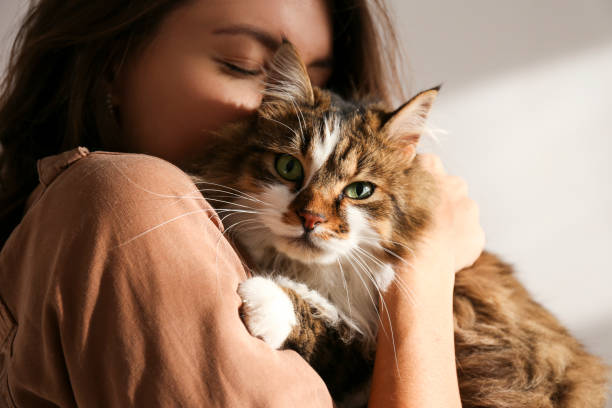Lightweight vs. Heavy Cat Litter: Which Is Much better?
Lightweight vs. Heavy Cat Litter: Which Is Much better?
Blog Article

Selecting the ideal cat litter for your feline pal can be an overwhelming job offered the myriad of choices offered on the market. This detailed guide will look into the various types of cat litter, their advantages, downsides, and whatever in between to help you make a notified choice.
The product of the cat litter plays an important role in its effectiveness. Typical materials include clay, silica gel, recycled paper, wood, corn, wheat, and walnut shells. Each product provides distinct advantages and possible disadvantages.
Clay-based litters are the most conventional and widely utilized due to their high absorbency and clumping capabilities, which make clean-up much easier. However, they can be dusty and might not be the very best choice for cats or human beings with respiratory issues. Silica gel crystals are extremely absorbent, control odors effectively, and are low upkeep because they do not need to be changed as regularly. Nevertheless, they can be more expensive and some felines may not like the texture. Biodegradable litters, made from recycled paper, wood, corn, wheat, and walnut shells, are environmentally friendly choices. They are generally dust-free and great for cats with allergic reactions, but their odor control and clumping abilities vary extensively.
The choice between clumping and non-clumping litter is significant. Clumping litter kinds strong masses when wet, Corn Cat Litter making it easy to scoop out urine and feces, therefore maintaining a tidy litter box. Non-clumping litter absorbs wetness but does not form clumps, which might cause more frequent modifications of the whole litter box.
Smell control is a top concern for many cat owners. Litters are frequently infused with baking soda or charcoal to reduce the effects of odors. Preserving a fresh litter box likewise requires regular scooping, preferably twice a day, and following the producer's guidelines for changing the litter and cleaning up the box.
The health of your feline and the environmental impact of the litter are likewise important factors. Dust-free or low-dust choices are much better for respiratory health. Eco-friendly litters offer an eco-friendly alternative to clay, which is strip-mined and not eco-friendly. Additionally, it's important to be knowledgeable about any allergic reactions your cat may need to specific products.
Expense is an important factor to consider, as the price of cat litter can vary substantially. While silica gel and some biodegradable litters may cat litter robot be more costly in advance, their durability can offer savings in the long run. Alternatively, clay litter is frequently less expensive but needs more regular replacement.
Ultimately, the best cat litter is one that matches both your and your cat's preferences and needs. It might take some experimentation to discover the perfect match. Take note of your feline's habits and convenience, along with the litter's performance in terms of odor control, absorbency, and upkeep.
Selecting the ideal cat litter contributes significantly to your cat's health, happiness, and the tidiness of your home. By thinking about the product, clumping capability, smell control, health effects, environmental effects, and cost, you can Grass Cat Litter make an informed decision that benefits both you and your furry companion. Remember, what works best for one feline might not match another, so be prepared to experiment up until you find the ideal service.